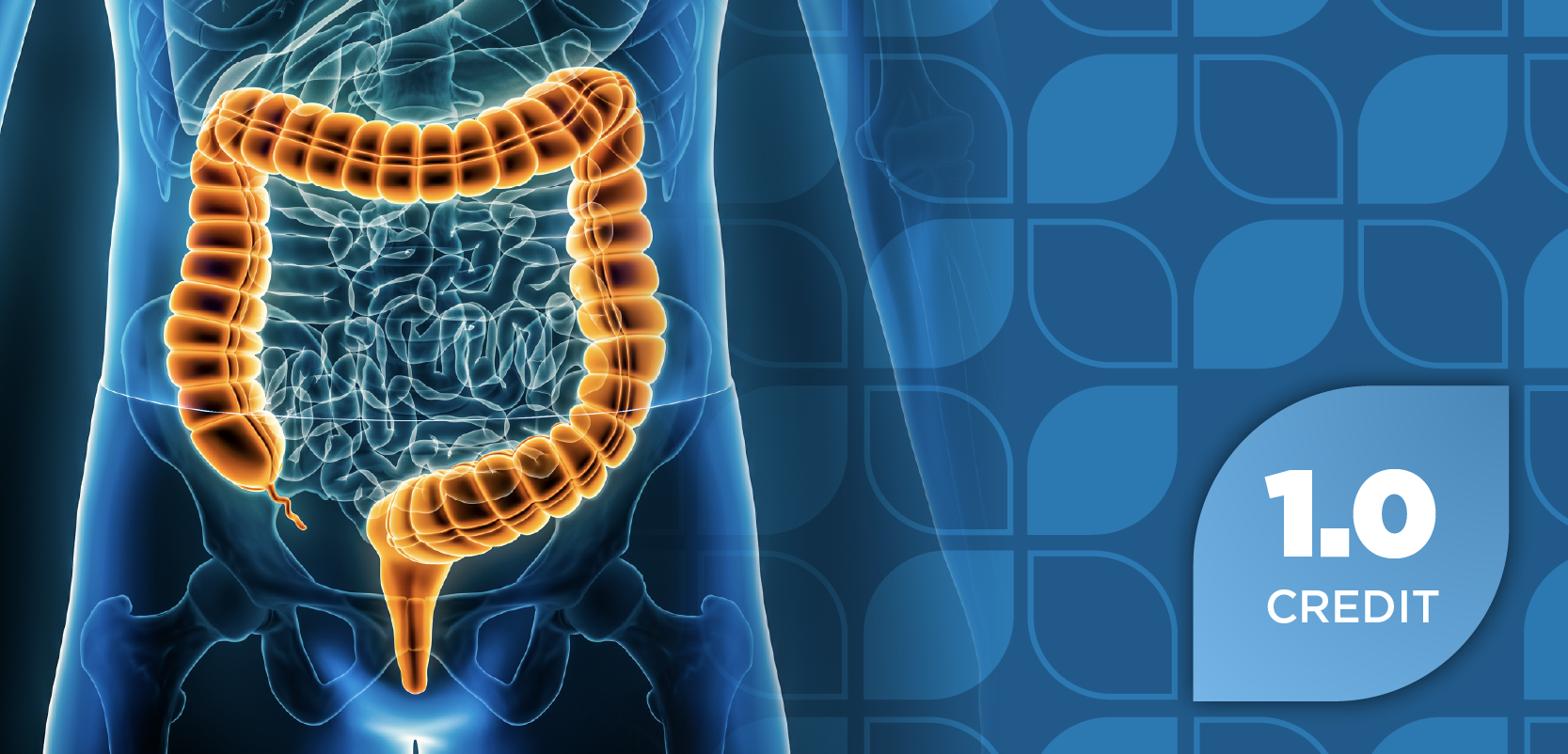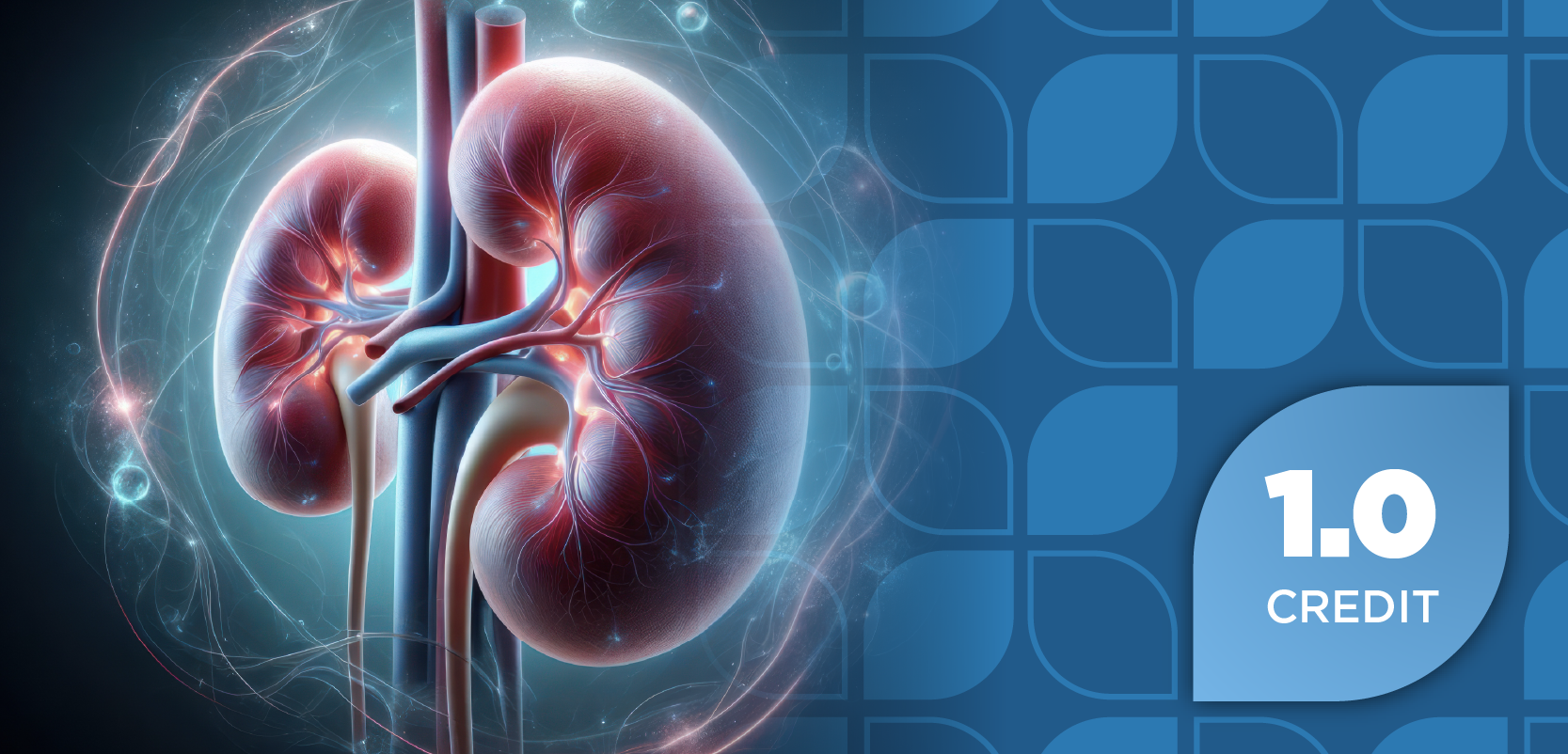
Speech Recognition Tools May Boost Clinician Documentation Efficiency
Key Takeaways
- Speech recognition technology enhances documentation efficiency, with a 0.25% increase in lines documented per hour for each 1% rise in usage.
- The study highlights the importance of speech recognition technology in rural settings due to resource constraints.
Documentation efficiency was higher among younger and male clinicians.
Higher usage of
The authors of a research letter published in
The researchers noted that speech recognition technology adoption is especially essential for workflow efficiency in rural settings due to personnel and resource constraints.1 Although the adoption of speech recognition technology is growing, its impact remains controversial due to variations in error rates and satisfaction.
Consequently, the researchers emphasized the need for in-depth research on how speech recognition tools affect documentation efficiency across various medical specialties and clinician demographics. To address this gap, they conducted a study analyzing the association between speech recognition tool usage and documentation efficiency using objective efficiency metrics across various specialties.
The researchers addressed limitations of previous studies by focusing on a rural setting, providing novel insights into speech recognition technology’s use beyond urban and specialty-specific settings. Therefore, the cross-sectional study focused on the Marshfield Clinic Health System, which serves Wisconsin and Michigan’s Upper Peninsula, from September 1, 2018, to December 31, 2020.
The primary outcome was documentation efficiency, which the researchers measured as lines documented per hour. Additionally, the dependent variable was the percentage of speech recognition tool usage.
After adjusting for covariates such as age, sex, and department, the researchers evaluated these factors through descriptive statistics and bivariate and multivariable analyses. The analyses were conducted between January 2021 and September 2024.
Of 1373 possible clinicians, they included 1124 in their study population after excluding those with missing data. Among the included clinicians, the mean (SD) age was 47.68 (12.21) years, and most were female (52.0%). Overall, the mean number of lines documented per hour was 428.35 (188.12), and the mean percentage of speech recognition tool usage was 34.55% (46.79%).
In the bivariate analysis, the researchers found that speech recognition tool usage was significantly associated with higher documentation efficiency (coefficient, 0.003; 95% CI, 0.002-0.004; P < .001). They noted that speech recognition tool usage remained significantly associated with higher documentation efficiency in the multivariable analysis (coefficient, 0.003; 95% CI, 0.002-0.003; P < .001).
Of the clinicians, those in surgical specialties (coefficient, 0.003; 95% CI, 0.002-0.003; P < .001) and other departments (coefficient, 0.125; 95% CI, 0.040-0.211; P = .004) documented significantly more lines per hour than those in primary care.
Additionally, age was negatively associated with documentation efficiency as it was higher among younger clinicians (coefficient, –0.007; 95% CI, –0.009 to –0.004; P < .001). Also, male clinicians documented more lines per hour than female clinicians (coefficient, 0.111; 95% CI, 0.056-0.166; P < .001).
Lastly, the researchers acknowledged their study’s limitations, including its potential for selection bias. The study was conducted in a single rural health care system, which may limit the generalizability of its findings to urban or more diverse health care settings. Despite their limitations, they expressed confidence in their findings and suggested areas for future research.
“Further research is needed to validate these findings in different clinical environments,” the authors concluded.
References
- Shour AR, Anguzu R, Onitilo AA. Speech recognition technology and documentation efficiency. JAMA Netw Open. 2025;8(3):e251526. doi:10.1001/jamanetworkopen.2025.1526
- Zhou L, Blackley SV, Kowalski L, et al. Analysis of errors in dictated clinical documents assisted by speech recognition software and professional transcriptionists. JAMA Netw Open. 2018;1(3):e180530. doi:10.1001/jamanetworkopen.2018.0530
Newsletter
Stay ahead of policy, cost, and value—subscribe to AJMC for expert insights at the intersection of clinical care and health economics.















































